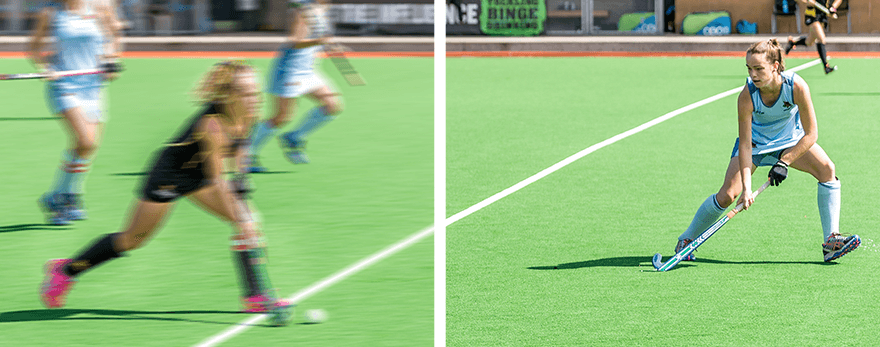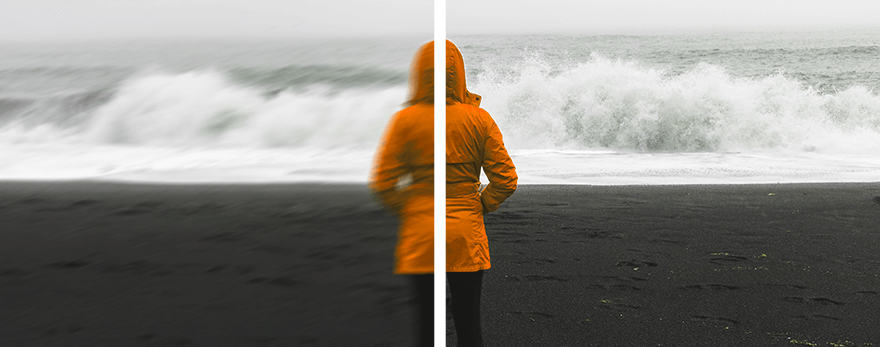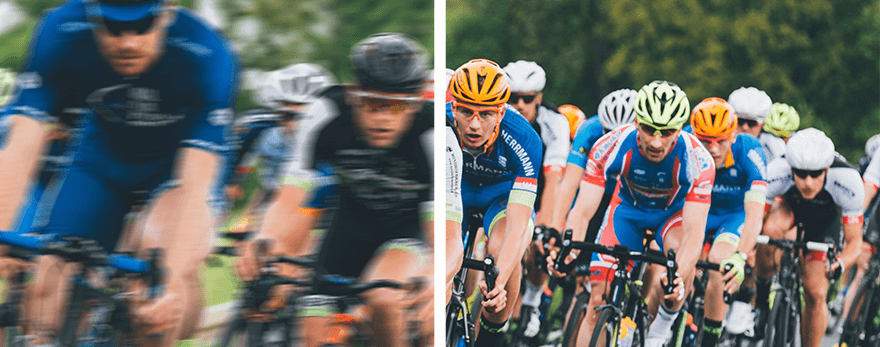
A good composition, proper shutter speed, perfect light: click! But then you look at your screen and see the picture is out of focus. At this point, image stabilisation comes into play. If your camera and lenses have image stabilisation, you will never be left with blurry photos again. In this article, we tell you what image stabilisation is and the important need to knows!
What is image stabilisation | When | Benefits | What kind of image stabilisation to get? | Choose | Good to know
Image stabilisation ensures the photos you take are stabilised. This actually just means the image stabilisation corrects any movement you make, as it is impossible to hold a camera completely still. Especially with a slower shutter speed, chances are it's already happening at your heartbeat or breathing. So, when you choose image stabilisation you have a chance of sharp images with corrected movements even without a tripod.

Image stabilisation isn’t something to add to your photos in every situation. You could turn it off at times when you are shooting from a tripod.
It does come in handy when you're shooting from the hand. At these times, of course, there is a greater danger of motion blur. The times you really have to use image stabilisation is when you are shooting by hand with a slow shutter speed.

By now it should be clear that image stabilisation is especially useful when you shoot a lot from the hand. To make the benefits even clearer to you, we listed a few. Think carefully about whether it adds enough value for you because this feature does make the camera or lenses a bit pricier. But don't forget that you also get something in return.

If you thought image stabilisation was one easy part of the camera, you're wrong. In fact, there are several types of stabilisation for your camera. Let's explain them briefly.
Optical
Optical image stabilisation is the variant you'll encounter the most. In this variant, the sensors of the camera/lens detect movement of the camera. As soon as the sensors see movement, they immediately cause the optical elements to move with them. It is worth knowing, however, that the optical elements only correct small movements, such as hand vibrations.
Digital
Digital image optimisation also has sensors in the camera that detect motion, but the difference is in the moment of capture. This is because the digital image stabilisation delays the photo until the camera is stationary, only then is the photo taken. In addition, digital image stabilisation involves additional sharpening by software on the camera. You can also do this with a software program on the computer.
The two types of stabilisation work equally well, but what you need to pay attention to is that the stabilisation quality is related to the quality of the camera. An advanced camera also has an advanced image stabiliser. Also worth knowing, a stabiliser in lenses is much more accurate than a stabiliser in the body. Do you really want to be 100% sure of a sharp photo? Ensure you always use a tripod.
Enough information gathered to make a good choice. If you want to know even more about photography or everything involved, take a look at our photography tips!
Want to read more?
Check out the following blogs: